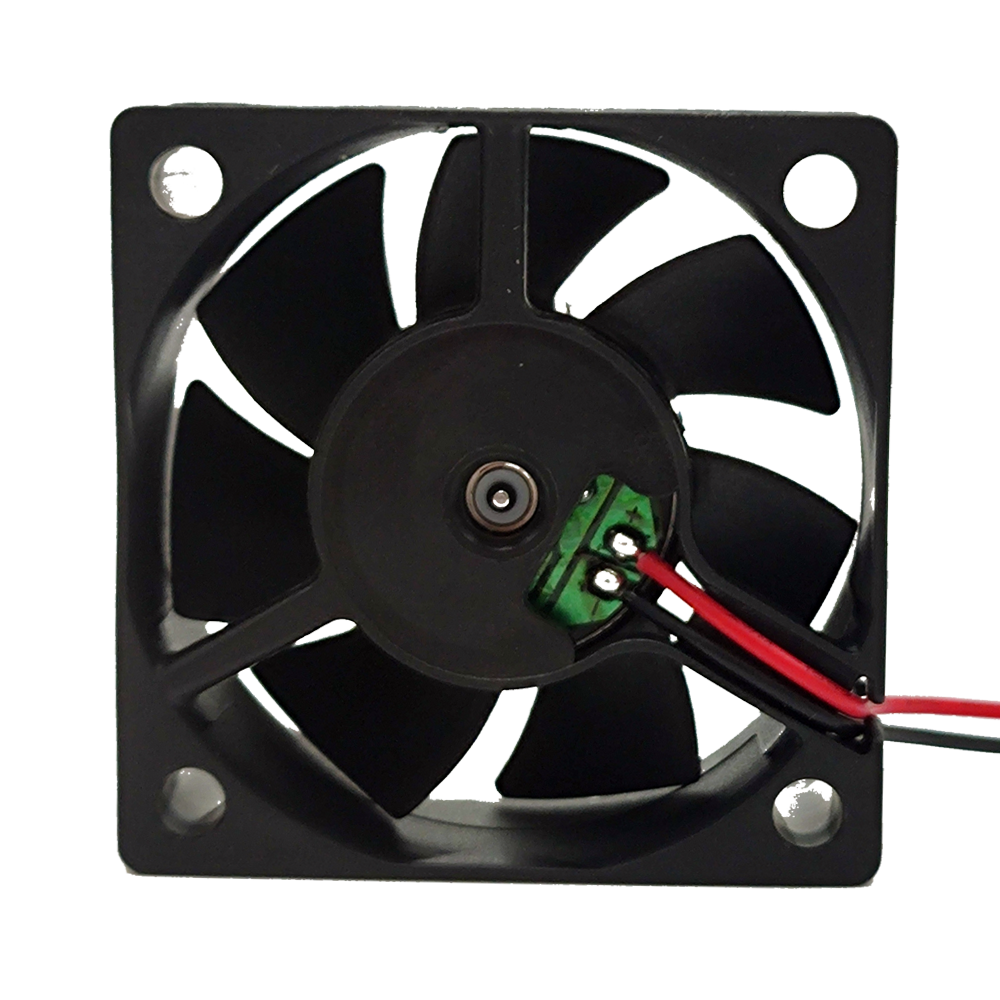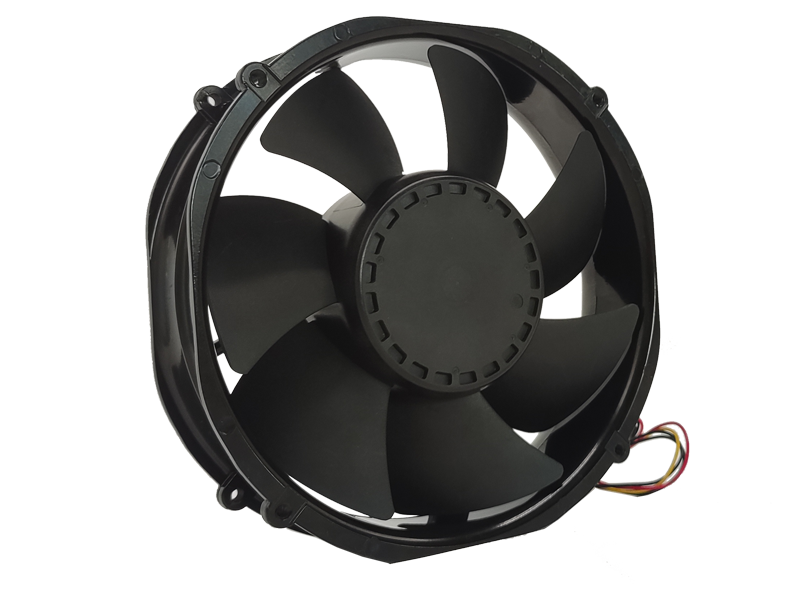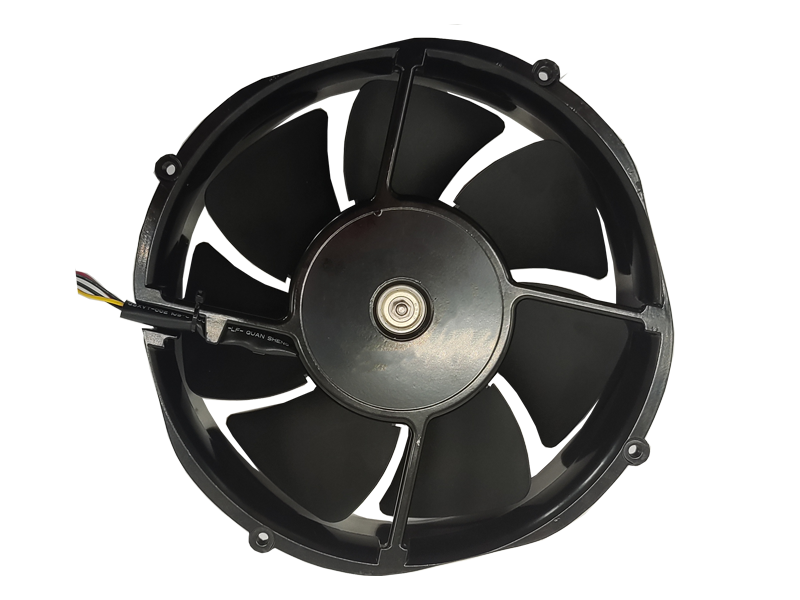Industrial fans are indispensable components in manufacturing environments, where proper ventilation and temperature control are critical to maintaining optimal working conditions. In these high-demand environments, the performance and efficiency of industrial fans directly impact the productivity of the facility and the longevity of equipment. This article will focus on how optimizing industrial fan performance can lead to greater efficiency, cost savings, and enhanced overall product quality in manufacturing settings.
1. The Role of Industrial Fans in Manufacturing
In a manufacturing facility, industrial fans are tasked with providing adequate ventilation, removing fumes, cooling equipment, and controlling humidity levels. The specific needs of each facility vary, but the main goal is to maintain a controlled environment that supports the safety, comfort, and efficiency of workers, as well as the effective operation of machinery.
Effective ventilation is crucial in many industrial processes, such as welding, painting, or chemical production, where the release of toxic fumes can pose significant health risks. Additionally, high temperatures generated by equipment like motors and turbines need to be dissipated to prevent overheating and to maintain the equipment's performance.
Moreover, industrial fans can improve energy efficiency within manufacturing processes by optimizing airflow patterns and reducing the reliance on air conditioning or other cooling systems.
2. Optimizing Fan Design for Performance and Energy Efficiency
Maximizing the efficiency and performance of industrial fans in a manufacturing environment requires careful consideration of several design factors. By making informed decisions during the fan selection process and investing in innovative technologies, manufacturers can reduce operational costs and enhance the overall performance of their systems.
Selecting the Right Fan Type for Specific Applications: Different manufacturing processes demand different fan types. Axial fans, which move air along the axis of rotation, are commonly used for general ventilation and cooling purposes. Centrifugal fans, which expel air at a 90-degree angle from the intake, are ideal for applications that require higher pressure, such as exhaust systems or dust collection.
Choosing the correct fan type is critical to ensuring that the system operates efficiently, delivering the required airflow and pressure without unnecessary energy consumption.
Fan Blade Design and Material: The design and material of the fan blades directly affect both the fan's airflow performance and its energy consumption. Blades that are designed to reduce drag and optimize airflow can result in improved efficiency, while lightweight materials such as composite polymers and alloys can contribute to the fan's durability and reduce energy consumption over time.
Energy-Efficient Motors: The motor is one of the most energy-consuming components of an industrial fan. To maximize energy savings, manufacturers should select high-efficiency motors that comply with international standards such as IE3 or IE4. These motors use less energy while providing the same or higher performance levels compared to traditional motors.
Speed Control and Variable Frequency Drives (VFDs): Implementing VFDs allows for precise control of fan speed based on demand, optimizing performance and energy consumption. By adjusting the fan’s speed in real-time based on environmental conditions or load demands, manufacturers can reduce energy usage when full fan capacity is not needed.
Airflow Distribution Optimization: Proper airflow distribution is vital for maintaining consistent environmental conditions. Airflow optimization can be achieved through careful fan placement, ducting design, and the use of adjustable dampers or louvers. By ensuring that air is directed where it’s needed most, facilities can minimize energy waste and reduce cooling or heating costs.
3. Maintenance and Longevity of Industrial Fans
To achieve optimal performance and efficiency, industrial fans require regular maintenance and inspection. Poor maintenance practices can lead to decreased fan efficiency, increased energy consumption, and premature failure. Common maintenance tasks include cleaning fan blades and motors, checking for wear and tear on bearings, and inspecting ducts for obstructions or leaks.

Fans that are well-maintained perform better, have longer service lives, and help ensure that the manufacturing environment remains safe and comfortable. Many modern industrial fans are designed with ease of maintenance in mind, featuring accessible components, simple cleaning procedures, and components that can be quickly replaced when necessary.
4. The Future of Industrial Fans in Manufacturing
The future of industrial fans in manufacturing is closely tied to the ongoing trends toward automation, energy efficiency, and environmental sustainability. As industries increasingly adopt digital solutions and Internet of Things (IoT) technology, fans will become smarter, with capabilities such as real-time monitoring, predictive maintenance, and automatic adjustments based on environmental factors.
Sustainability is also a significant factor in the development of future industrial fans. Manufacturers are investing in eco-friendly materials and energy-efficient technologies to meet both regulatory standards and consumer demand for greener operations.
Conclusion
Industrial fans are essential components in maintaining an efficient and safe manufacturing environment. By focusing on fan optimization, energy efficiency, and regular maintenance, manufacturers can maximize the performance of their industrial fan systems, improve productivity, and reduce operational costs. As technology continues to evolve, industrial fans will continue to play an essential role in modern manufacturing, contributing to the development of sustainable, efficient, and automated systems.
Recommended Products

The main purpose:Car charging station

The main purpose:Car charging station

The main purpose:Electronic refrigerators, water dispensers, direct drinking machines, inverter power supplies
Address:No. 4137, Longgang Avenue (Henggang Section), Henggang Community, Henggang Street, Longgang District, Shenzhen
hotline:13530005572(Chen)15112579390(Li)


Welcome all friends to come for consultation and negotiation.
Copyright 2024 @ Shenzhen Youneng Xinyuan Electronics Co., Ltd.,(industrial fans,industrial blowers,axial fans,cooling fans manufacturer,centrifugal fans,ac cooling fans,dc cooling fans)